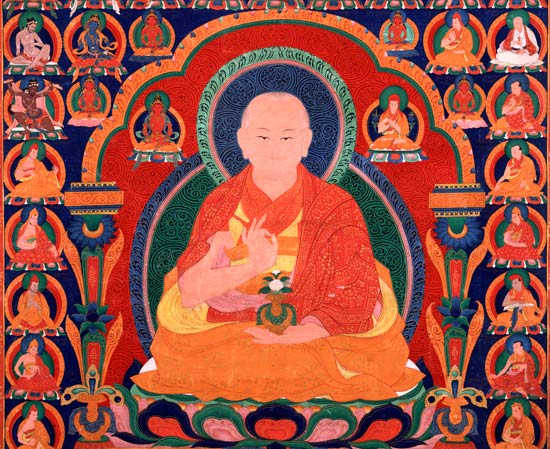
Notes from the Rubin Museum
Share
Whenever I’m in New York City, I make a pilgrimage to the Rubin Museum. Housed in the old Barney’s Building on Sixth Avenue and 17th Street, I love to sit in its Cafe, eat vegetarian MoMo’s and think to myself “this used to be the hosiery department. This is where I used to buy my hose.”
More hours still, I’ve spent wandering its Galleries, gazing at the Bodhisattvas, permeating myself with their teachings. In one trip a few years ago, I was going through the Rubin’s Online Resources gallery and was so moved by a passage I found, I scribbled it down with the paper and pencils they had for put out for children’s art projects. I came across it last night, and thought I’d share it with you:
In the practice of tolerance, one’s enemy is the best teacher.
Buddhists believe that clinging to a sense of self is the fundamental cause of suffering. The antidote to that suffering is compassion for others. Compassion in action is having the desire to relieve them of suffering.
Impermanence is commonly associated with the negative, or death, the end of a lucky streak, or the termination of a relationship. But this is a limited view that does not account for the necessity of impermanence and the positive beginnings that arise from endings. Impermanence can be good news. The end of infancy is childhood, the end of war is peace, the end of loneliness is companionship. Without the end of day we would have no sunset, no moon, no stars.
As Zen Master Thich Nhat Hanh has reminded us, impermanence is “an instrument to help us penetrate deeply into reality and obtain liberating insight. With impermanence, every door is open for change.” When we can let go and embrace the unknown, fear subsides.
Again, it is Thich Nhat Hanh who has said it best: “It is possible to find ease and grace in the world of change; it is possible to trust the mind of non-clinging and so find our liberation within the world of impermanence.” As we see impermanence clearly, we see that there is nothing real that we can actually cling to.


